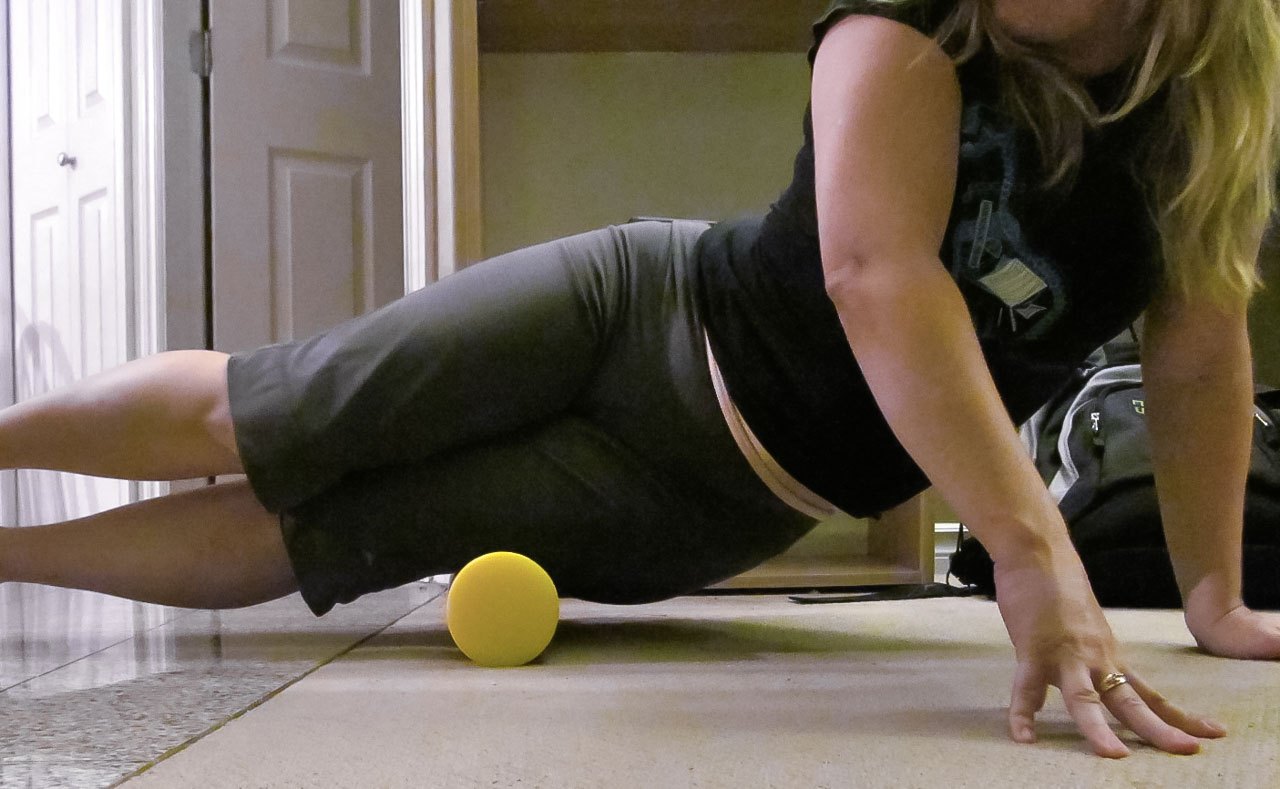What do Fresh Air, Terry Gross and NPR have to do with your cycling performance?
Yesterday, Gross, via her weekday NPR show, dove into the topic of exercise recovery through an interview with Christie Aschwanden, the author of GOOD TO GO: What the Athlete in All of Us Can Learn From the Strange Science of Recovery.
Aschwanden is the lead science writer for the FiveThirtyEight website, a high school state champion runner, and a 1993 NCCA national champion as part of the University of Colorado Boulder’s cycling team led by men’s omnium and criterium-winner Tyler Hamilton. She also recently has taken up cyclocross, and is now hooked.
In the 20-minute interview, Gross and Aschwanden dive into several post-workout routines that many cyclocrossers, and cyclists in general, consider proven methods of recovery.
Aschwanden and Gross go over the latest research on hydration, inflammation, icing, heat therapy, massage and foam rollers, and the findings might have you question some of your post-workout habits. Aschwanden reveals that many of the routines that we religiously follow may not actually help recovery, and some may even hinder it.
Aschwanded confronts conventional wisdom on fighting inflammation. If you ice down your muscles after a workout with the goal of recovering faster, Aschwanden pours some cold water on that idea.
“We’ve learned that inflammation is actually a really important part of the training response. If you are doing exercise in hopes of getting fitter, faster, stronger, you really need inflammation. You need that inflammatory process. You need your immune system bringing in these inflammatory things that are coming in to make those repairs. So the inflammation process is actually the repair process.”
Perhaps jumping into an ice bath isn’t the most helpful thing after a long workout, unless you’re just looking for pain relief?
Aschwanden mentions a study that had athletes icing just one limb after a workout, and it found that specific limb had reduced performance over time compared to the non-iced limb.
Ever wish you had the luxury of a professional cycling team’s full-time masseur or masseuse? Aschwanden suggests post-workout massage has little benefit in doing what many of us have accepted as fact: flushing out lactic acid and toxins.
“There really isn’t any evidence that [massage] is flushing lactic acid, or flushing things out of your muscles.”
Yet if you enjoy massages, not all is lost. She admits that there are likely mental benefits of a relaxing session because it provides a welcome distraction away from a normal day’s stresses. “Recovery is really about rest and relaxation, and anything that makes you feel relaxed, that’s working,” Aschwanden tells Gross.

Monday is a great day to focus on your body and recovery. Foam rolling your IT bands is a good place to start. Training Tuesday: Focusing on Rest and Recovery. photo: Beth
Her findings with research on foam rolling are equally fascinating. While she warns that there is limited research on the benefits of foam rollers, she cites a study that suggests foam rolling only one leg can help performance in both legs. We’ve covered foam rolling in previous Training Tuesday pieces, but can we now cut our time spent with foam rollers in half?
If you’d like to learn more about this topic, Aschwanden explores it more in-depth in her book:
Enjoy better recovery and Fresh Air with a listen to the full interview below or here:













